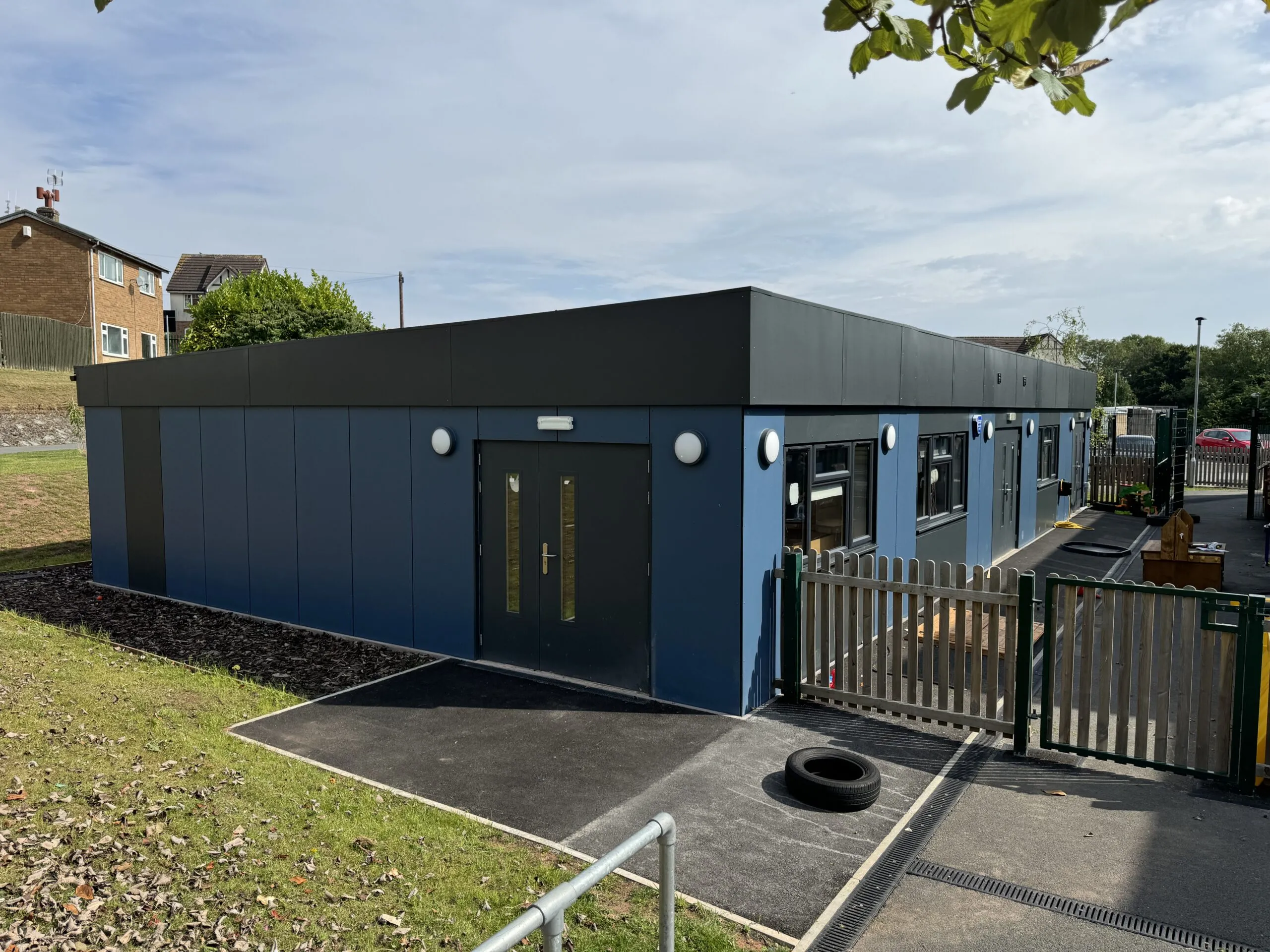Inclusive learning environments are an essential part of the modern education system, especially for Special Educational Needs (SEN) students and students with disabilities (SEND). For learners, the classroom isn't just a space for building knowledge but an important environment for personal and social development.
Modular classrooms are a purpose-built solution that supports the needs of SEN students while promoting inclusivity in schools. Designed to support a range of different learning styles, these spaces create an environment where all students feel valued and able to thrive.
Schools can't achieve a high level of inclusion just by placing SEN students in mainstream classrooms. Modern education recognises the importance of tailoring the learning environment to allow every pupil to thrive.
SEN students often face unique challenges that affect their ability to learn, participate and feel part of their school community. Schools can help these students build confidence, develop independence and achieve their full potential by creating an inclusive environment. Prioritising inclusion in the classroom gives SEN learners a sense of belonging and makes them feel seen and understood for who they are.
SEN students require classrooms that are intentionally designed to meet their needs. Key features that make the learning experience easier for SEN learners include:
Accessible design such as wide doorways, ramps and ergonomic furniture to accommodate mobility aids and allow students to move about freely and safely.
Acoustic and lighting control to reduce discomfort for students who are sensitive to sound and light levels.
Specialist equipment and technology such as interactive whiteboards, adjustable learning stations, hearing loops and visual aids to meet the various cognitive needs of SEN students.
Sensory spaces to aid focus and engagement.
Calming zones where students can retreat when they feel overwhelmed.
Modular classrooms offer a flexible and cost-effective way to create bespoke learning environments. They stand out from other construction methods by considering the needs of SEN students from the beginning of the building process.
The customisable design process is one of modular construction's standout features. Modular buildings can be easily tailored during the design process to include sensory rooms, accessible bathrooms and adjustable lighting. For example, schools can integrate soft lighting and calming colours to create a soothing atmosphere for students who are sensitive to visual stimuli.
Modern modular classrooms are built to high standards, incorporating features like soundproofing, temperature control and tactile flooring to meet the sensory and physical needs of SEN students. For instance, soundproofed walls can help students with auditory sensitivities, while accessible entrances and pathways promote independence for those with mobility challenges.
The modular nature of these buildings allows for easy expansion or reconfiguration as student needs change. For example, a school may start with a single modular unit but later add more as enrollment grows or requirements shift. This flexibility ensures that the classroom stays relevant to its purpose over time.
Modular buildings are created with safety in mind, from the factory to the finished product. As well as all building and fire regulations being met, your space can come with added safety systems. Common choices include emergency call points, security fencing and CCTV systems, which allow students, teachers and parents to feel confident and safe.
 How Do Modular Classrooms Support the Needs of Schools?
How Do Modular Classrooms Support the Needs of Schools? Choosing a modular classroom isn't just a smart choice when considering students' well-being. There are a range of benefits to schools that give them a significant advantage over traditionally constructed learning spaces.
Modular construction is often more sustainable than traditional building methods. These structures generate less waste during production and can incorporate energy-efficient features such as solar panels and insulation. This not only supports the school's environmental goals but also lessens the cost of energy bills and heating costs.
By reducing construction time and material waste, modular classrooms provide an affordable way to invest in educational spaces without compromising quality. Schools can allocate saved resources to other vital areas, such as teacher training or specialised equipment for their SEN learners.
Modular classrooms are quicker to assemble than traditional builds, meaning schools can adapt to changing needs without long delays. A modular classroom can be operational in weeks rather than months, minimising disruptions to the school's routine. It also ensures students have access to suitable facilities as soon as possible.
Additionally, modular classrooms can be adjusted or even relocated if needed, offering a level of versatility unmatched by traditional buildings. This can be particularly beneficial for schools with changing enrolment numbers or temporary relocations due to renovations or emergencies.
Modular SEN classrooms are a forward-thinking approach to creating inclusive, adaptable and student-centred learning environments. They overcome the limitations of traditional construction and empower schools to better support SEN students in reaching their full potential. By offering tailored designs, quick installation, and unmatched flexibility, modular classrooms provide a practical and sustainable solution for the challenges of modern education.
Modular classrooms from GCS Group provide an adaptable and cost-effective solution to creating inclusive learning spaces for all types of students. Our team has decades of experience helping schools across the UK create ideal SEN and SEND classrooms that support the needs of their students.
We'll discuss your options with you, from portable classrooms to full-scale modular school buildings and turnkey solutions. Speak to our friendly team today to get your project underway.